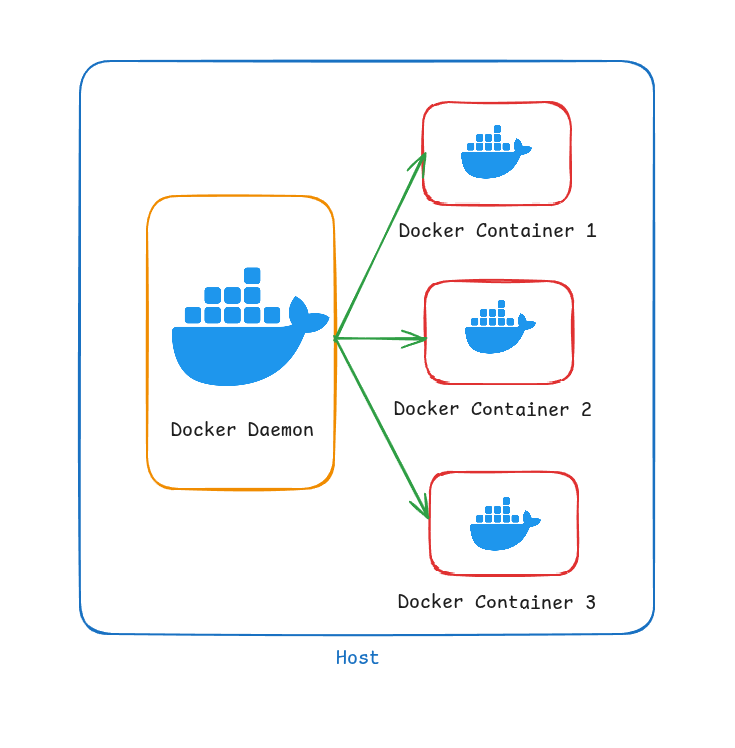🐳 Docker Orchestration: From Standalone Containers to Swarm #

⚠️ Limitations of Standalone Docker Containers #
Running a production application using just standalone Docker containers—without orchestration—can lead to several challenges and operational risks:
💥 Single Point of Failure #
- If the container crashes due to an application bug, out-of-memory error, or underlying issue, there’s no automatic recovery
- The application will remain down until someone manually restarts the container, causing unwanted downtime
📊 Lack of Auto-Scaling #
- In standalone mode, Docker does not provide any built-in mechanism to scale horizontally based on CPU, memory, or user demand
- If traffic increases suddenly—such as during a flash sale or peak usage hour—your single container may become overwhelmed and unresponsive
- This leads to degraded performance or complete service unavailability
⚖️ No Load Balancing #
- Without orchestration, you typically run a single container instance
- This limits the application’s ability to serve multiple users effectively
- If you try to run multiple containers manually, there’s no built-in load balancing across them
🖥️ Host Dependency #
- If the physical or virtual host machine goes down—whether due to hardware failure, a crash, or maintenance—all containers on that host go down with it
- There’s no failover or container migration, which makes high availability difficult
🩺 No Health Check & Auto-Restart Logic #
- While Docker does support basic restart policies, it lacks intelligent health monitoring
- If your container is running but the app inside is stuck or returning errors, Docker won’t automatically restart it unless it crashes completely
📋 No Centralized Management or Logging #
- Managing multiple containers across environments becomes tedious
- You don’t get a central dashboard, logging, or monitoring unless you integrate separate tools
- This increases operational complexity
🔄 Manual Networking and Configuration #
- Networking between containers must be configured manually, which can become complex in multi-container setups
- Secrets management, config updates, and port management lack the dynamic capabilities provided by orchestrators